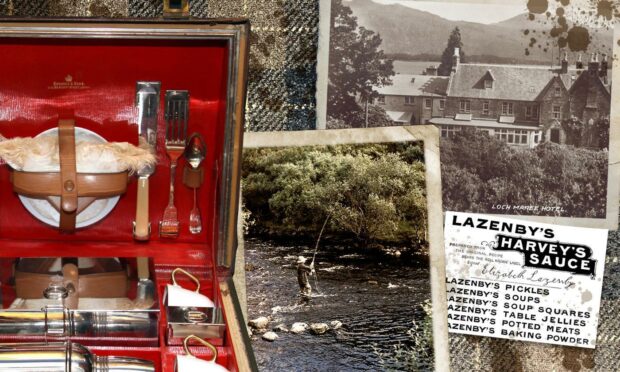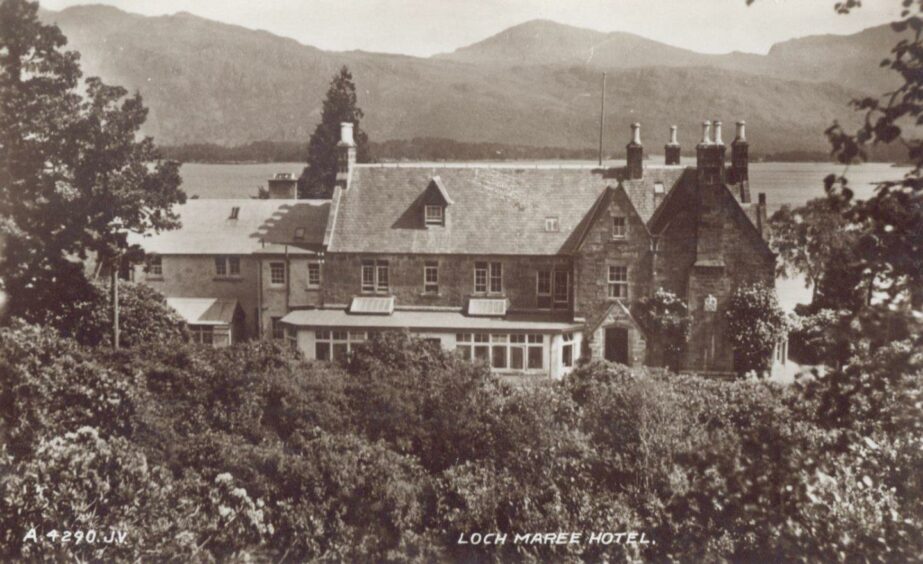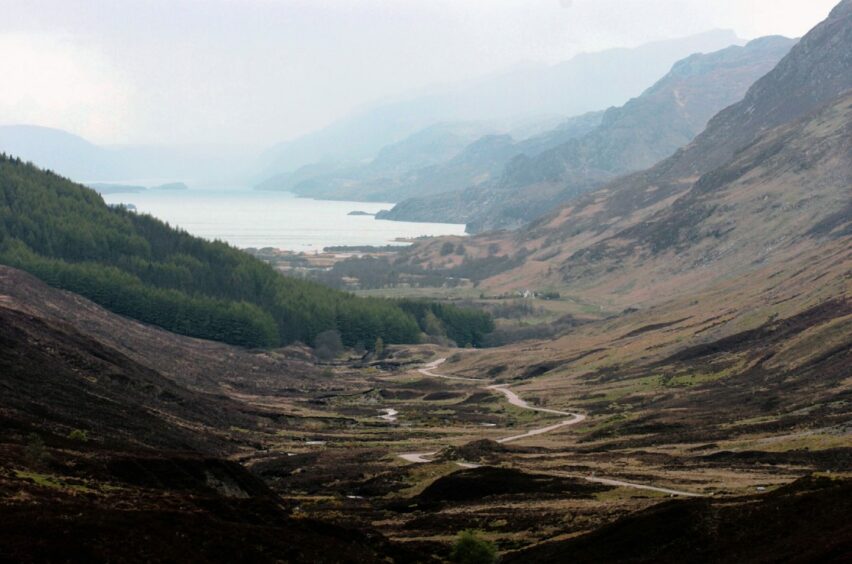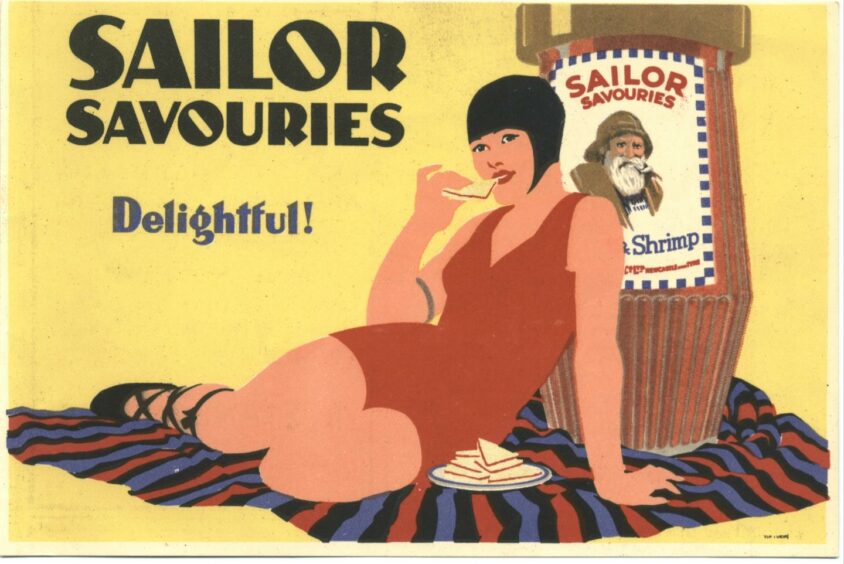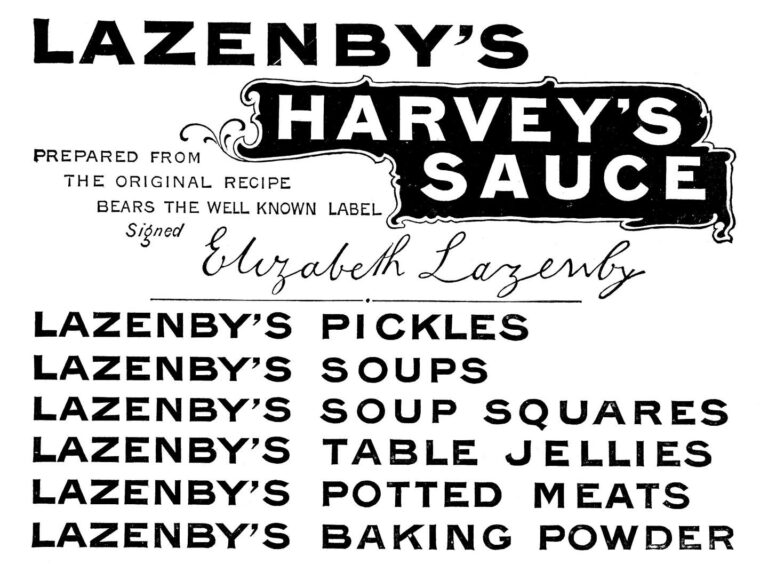It should have been a pleasant and uneventful day’s trout fishing for guests, ghillies and boatmen at the Loch Maree Hotel in the north-west Highlands on August 14 1922.
There were 13 fishermen, two wives, 17 ghillies and three mountain climbers in the party, and they set out that morning with packed lunches prepared by the hotel staff.
The picnic included duck paste sandwiches, the paste coming from the firm of Lazenby & Sons of London.
Little did the diners know that they were carrying a ticking time bomb between slices of bread in their hampers, and that eight of their number would be dead within days.
The excursion passed pleasantly, and all the guests returned safely to the hotel that night.
It wasn’t until 3am that things began to go wrong.
A regular guest at the hotel, 70-year-old John Stewart, a Glasgow cloth and yarn tycoon, fell ill with vomiting, double vision and drooping eyelids.
The hotel’s owner, Alex Robertson, called Dr Knox, the local physician, but by the time he arrived later that morning, others had fallen ill.
Dr Knox knew that a distinguished professor of medicine and therapeutics at Glasgow University, T.K Munro, was holidaying in Gairloch and called on him to assist.
Munro would play a key part in the investigations and public inquiry that followed the tragedy that was beginning to unfold.
First death the next day
Stewart was dead by the time Prof Munro arrived, and one of the ghillies lay dying.
In a macabre chain of events, four more people from the party died over the following hours to August 17.
There was a pause, before two further deaths occurred on August 21.
The victims included an elderly couple from Dublin; a 22-year old Oxford graduate, son of a distinguished London King’s Counsel; a retired London barrister; the wife of a Seaforth Highlander on leave from India, and two ghillies.
The symptoms were similar in all the cases, but varied in time of onset and in severity.
Mass murder was suspected at one point and public interest grew intense, not least because of the Highlands’ allure as an unspoiled, romantic holiday playground.
The Loch Maree Hotel was searched for clues, the traumatised owner and cook interrogated.
They had no idea what might have led to the deaths, thinking initially deadly nightshade berries might have been the cause.
Bewildered and mystified Dr Knox even tried treating his patients with stimulants, brandy and champagne.
Medics across the country put their heads together, before William MacLean, the medical officer of health, reported to the procurator fiscal that the disease looked identical to a case of sausage poisoning in Germany in the 1890s, and poisoning from bottled olives in the United States in 1920, both these being cases of botulism.
Botulism was now the prime suspect, as it transpired that only the members of the group to have eaten the potted duck paste sandwiches were affected.
Investigators combed through the hotel rubbish for left-overs and retrieved small samples of the paste.
Eventually it transpired that botulism was present in the contents of one of two jars which were used that day.
Clostridium botulinum is naturally present in soil and dust, on the surfaces of fruit and vegetables, and in seafood.
It grows only in conditions were oxygen is excluded, as in the canning process.
The spores flourish and become seriously toxic if the jars aren’t heated to high enough temperatures.
Modern botox has been developed from the same bacteria to block signals from the nerves to the muscles, thereby preventing fine lines and wrinkles.
The Daily Mirror of the time went into detail about what happened to the Loch Maree victims.
Double vision was an early symptom
“The first symptom took the form of an affection of the eyes, producing double vision. Then followed drowsiness and giddiness.
“Haziness of vision developed into a paralysis of the eyelids and then came irritation of the throat which also matured into local paralysis.
“None of the sufferers appeared to be in great pain, but in the last stages they were unable to see, eat or speak.
“Their principal discomfort seemed to be caused by a feeling of intense heat and all were very restless.
“Consciousness remained to the last.”
There was comfort in the Mirror’s report for the devastated management and staff of the hotel.
“Guests at the Loch Maree Hotel and relatives of the dead agree that no blame attaches to the management or staff of the hotel.
“A paste with which the sandwiches were made was taken from two jars, which had the outward appearance of perfect soundness.”
Out of 700 glass jars of Lazenby’s potted duck per batch, produced for the past 35 years, only this one had been tainted, and how this had happened remains a mystery.
Ghosts from the incident stalked the press for several years after the tragedy.
In 1923, the death was reported of Seaforth Highlander Major Fearnley Anderson DSO, MC during conflict in India.
The Dundee Evening Telegraph found it notable that the major’s wife, Rosamund, aged 45, was a victim of the “Loch Maree Tragedy”.
It stated: “On the day of the tragedy Major Anderson and his wife went out fishing together on Loch Maree.
“They were accompanied by a ghillie and fished in the forenoon, landing for lunch at about 12.45.
“Major Anderson said to the best of his belief there were two packets of sandwiches, once containing potted meat and the other beef sandwiches.
“His wife preferred potted meat, and he took the beef sandwiches. The remnants of his wife’s packet and his own he gave to the ghillie.”
Unfortunate wife showing symptoms
It wasn’t until 6am the following morning that Mrs Anderson began to show symptoms.
They weren’t enough to bother the major who went out fishing for the day, returning to the hotel at 4.30 that afternoon.
“His wife’s condition was very alarming,” the Evening Telegraph went on, “ and she was given some medicine during the afternoon.
“She suddenly became much worse about five o’clock and died at four the following morning.”
A public inquiry took place that September in Dingwall during which it was established that the Loch Maree Tragedy was due to botulism, the first recorded case in Britain of this type of food poisoning.
Public anxiety was such that the board felt compelled to state that “in proportion to the millions of jars of prepared food consumed without casualty, the disease has caused concern out of all proportion to its prevalence”.
Canning regulations introduced
The incident led to the establishment in Scotland of canning regulations, while anti-toxins were made available in 16 centres across the UK.
Botulism became a notifiable disease in the UK until 1949, and the events at Loch Maree are now used as a case study in the detection of food poisoning.
It’s a rare disease, with 17 incidents reported in the UK between 1922 and 2011, including a large outbreak in 1989 connected to hazelnut yoghurt and an episode in 2011 with a suspected link to a korma sauce.
Poor Alexander Robertson, the hotel owner, died in 1925 aged 45, and was buried on Isle Maree.
The official cause was stomach cancer, but his friends thought it was more like a broken heart.
You might also like:
Forfar poisoning: A tale of forbidden lovers, murder and a drunk jury
Johnnie Notions:The humble Shetlander who saved thousands of lives through inoculation
